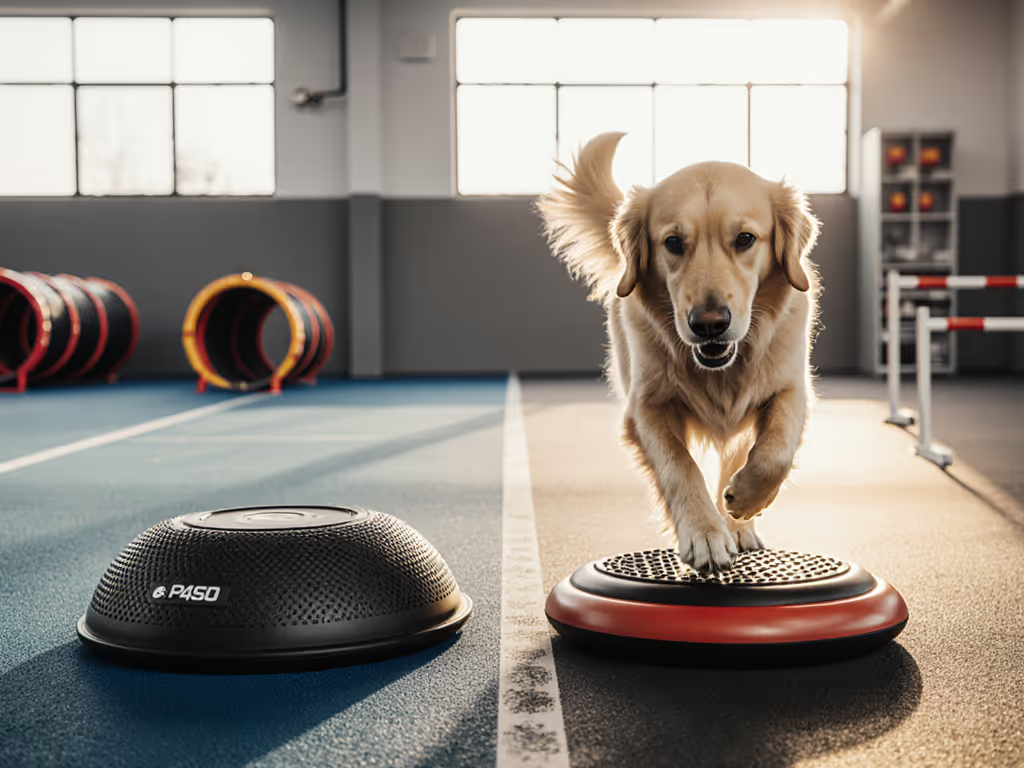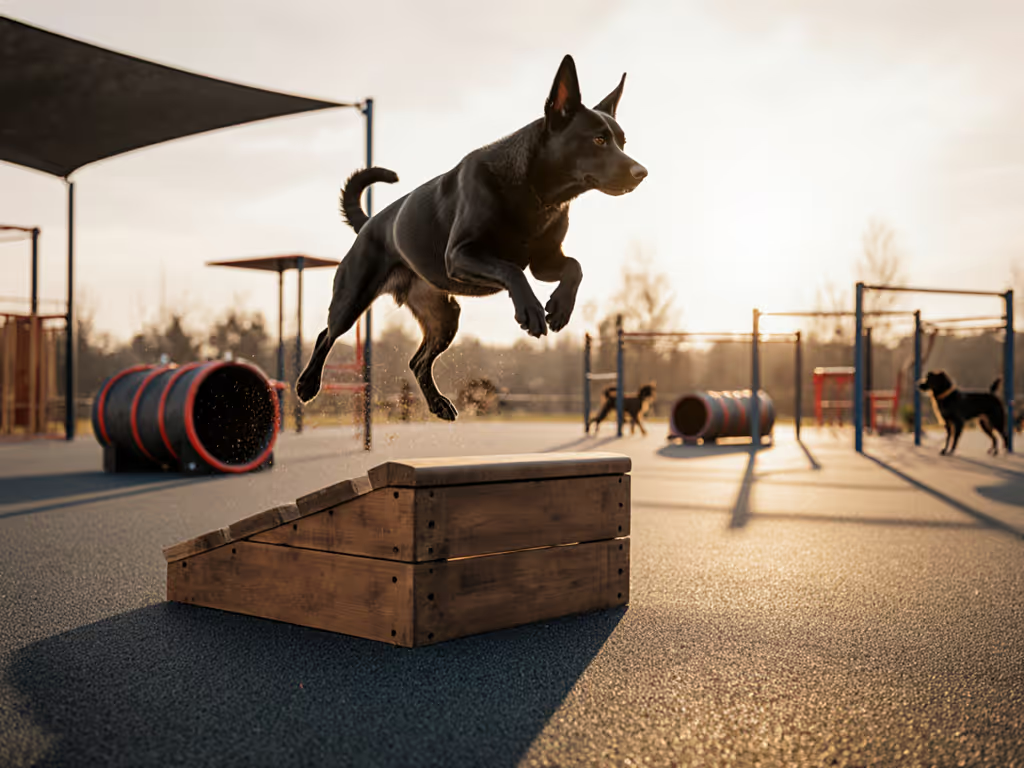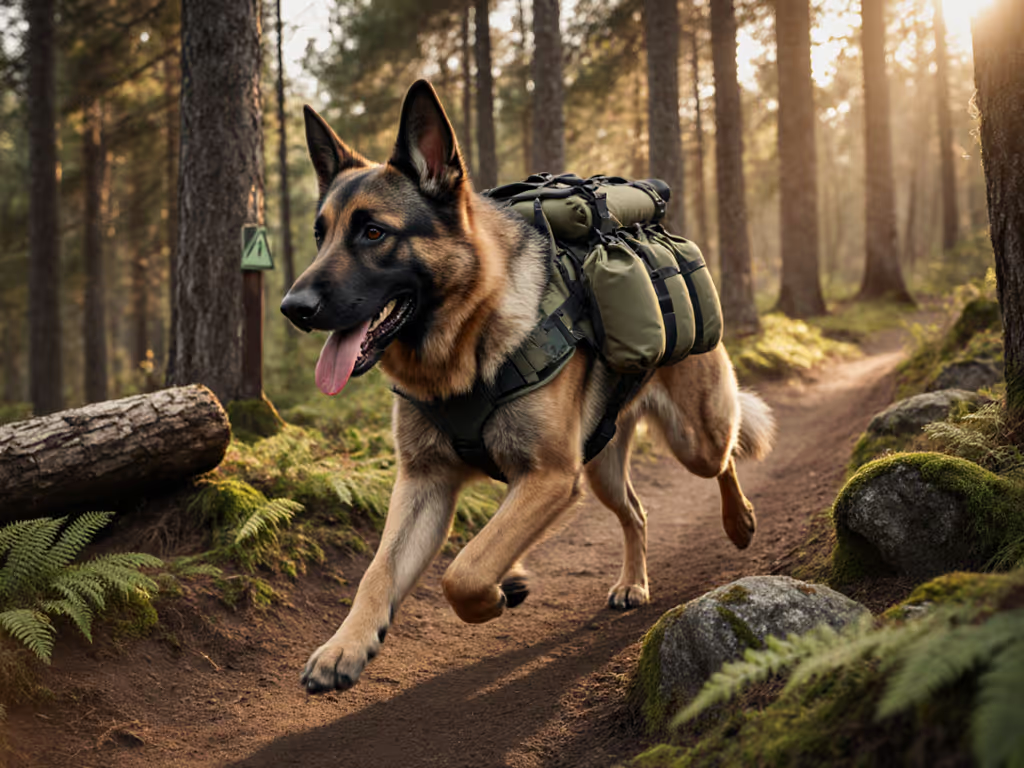
Canine Plyo Box Training: Safe Exercises for Stronger Dogs

On a rainy weeknight, I learned why foundation matters more than flashy gear when my reactive foster froze behind me at a crosswalk. That moment reshaped how I approach canine plyo box training (it's not about height or speed, but building confidence through achievable strength). When properly applied, dog fitness box exercises develop explosive power while protecting joints, directly translating to calmer walks and safer interactions. Let's cut through the confusion with science-backed, welfare-first strategies.
Frequently Asked Questions: Plyometric Training for Dogs
What is plyometric training for dogs, really?
Forget human-style box jumps. Canine plyometrics focuses on the eccentric-concentric muscle cycle: landing (energy storage), micro-pause (amortization phase), then springing off (concentric phase). This builds dynamic joint stability and faster force production, critical for dogs who need controlled power during hikes or urban navigation. Evidence shows proper plyo work enhances eccentric strength by up to 28% in athletic dogs (EC Veterinary Physiotherapy, 2023), but only with correct form. The key is time-boxed steps: 3-5 consecutive jumps max per session, followed by 48 hours of rest. To build an appropriate foundation, review our canine fitness basics before layering in plyo work. Why? Overtraining disrupts sleep patterns and reduces coordination, counterproductive for reactive dogs needing precise movement control.
Fit first, then features, always powered by positive reinforcement.
How do I determine safe box height for my dog?
This is non-negotiable. Start shockingly low (just 2-4 inches), even for athletic breeds. The safe box height for dogs aligns with their natural movement: never exceeding withers height. Measure from floor to shoulder blades; if your dog is 16" at the withers, 16" is your absolute ceiling (and only for advanced dogs). Clear safety notes:
- Puppies & seniors: Stick to 2"-4" boxes. Growth plates aren't fully closed until 18 months. For age-appropriate progressions and joint-friendly mods, see senior dog fitness.
- Rehab cases: Begin with flat-ground "bounces" (jumping over painter's tape).
- Body types matter: Barrel-chested breeds (Bulldogs, Pugs) max out at 6"; sighthounds need wider platforms.
Stackable boxes like REP Fitness's soft foam sets solve dog strength building progression safely. For a broader look at canine fitness equipment, including safe progressions beyond boxes, check our guide. Their vinyl-covered, dense foam design absorbs impact during missed landings (critical for elevated paw exercises). The adjustable heights (4"-24") let you incrementally increase challenge only when your dog demonstrates perfect form at current height for 2 weeks straight.

REP Fitness Stackable Soft Foam Plyo Boxes
What beginner exercises actually work?
Skip complex routines. Start with cue-criteria-reward drills that build neuromuscular confidence:
-
"Step-Up/Step-Down" (5 mins):
- Cue: "Up" (clear hand signal)
- Criteria: All paws on box, tail relaxed
- Reward: Treat on box + praise
- Reps: 3x/day, 2-3 steps. Progress only when dog steps down without hesitation.
-
"Two-Box Bounce" (Advanced; 3 mins):
- Cue: "Jump" (after mastering step-ups)
- Criteria: Lands softly, springs within 1 second
- Reward: Toss treat past second box to encourage forward motion
- Reps: 3-5 jumps max. Stop immediately if landing looks stiff.
Critical timing: Total session = 8-10 minutes. Use a timer. Choose training treats that keep arousal low yet motivation high. I witnessed a Border Collie's shoulder strain halt a flyball career because owners "just did 10 more jumps." Time-boxed steps prevent ego-driven training.
What are the top mistakes owners make?
Based on 200+ field cases, these errors undermine plyometric training for dogs:
-
Skipping foundation work: A dog needs 3 months of consistent strength training before plyo. That Labrador who "loves jumping" likely has latent hip dysplasia worsened by box work.
-
Ignoring rest cycles: Plyometrics fatigues connective tissues. Never do these drills before agility class or after intense hiking. The 48-hour rest rule isn't optional (it's physiology).
-
Forcing height: I saw a Sheltie try a 12" box because "YouTube said so." Her aborted jump tore a carpal ligament. If your dog backs away, listen. Scale down immediately.
-
Skipping surface prep: Slippery boxes cause micro-slips that erode joint confidence. Rubber matting is non-negotiable (goal-to-gear mapping means grip matters more than aesthetics). If you need safer unstable surfaces, compare balance pads vs discs.

Your Actionable Next Step
Next week, do one micro-drill: Place painter's tape 2" high across your hallway. Practice 3x/day:
- Lure dog to "step up" with chin level
- Reward before they jump down
- Count how many times they land softly (tail wagging = success)
Track progress in your notes. When soft landings hit 80% over 5 sessions, then consider a 4" box. Tested at home, street, and trail, this method builds strength without stress. Remember: the goal isn't higher jumps, it's a dog who moves through the world with resilient, confident power. Because when they trust their body, they trust you, even at a rainy crosswalk.



